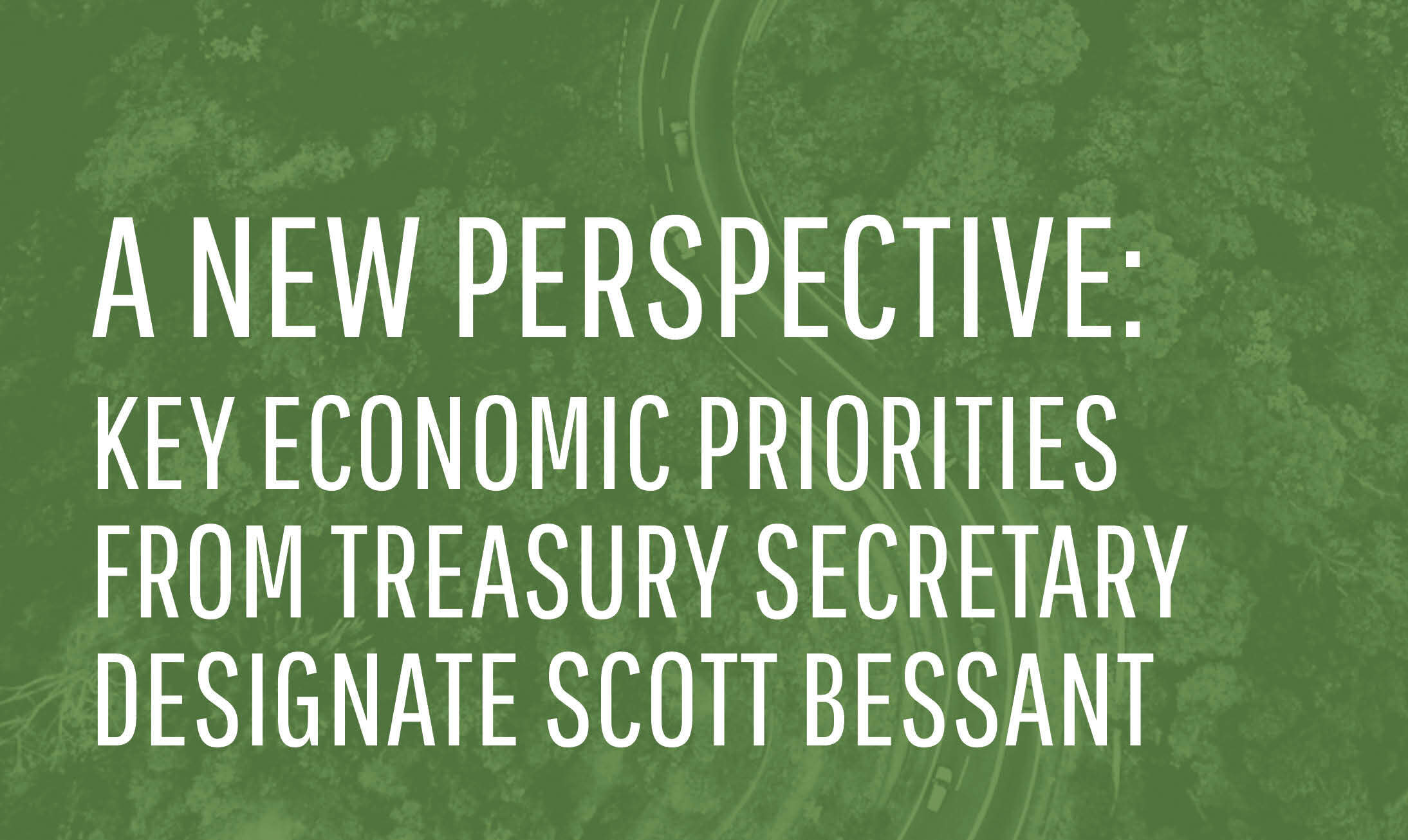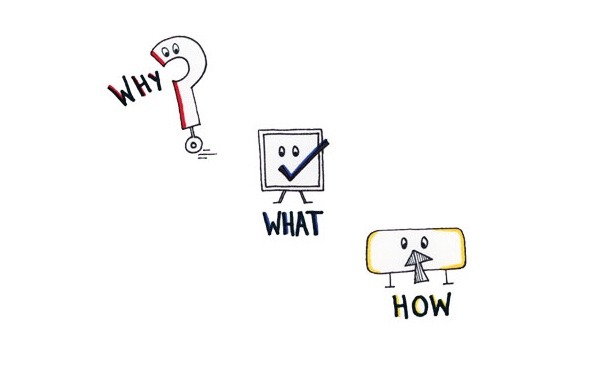Positive cash flow is a cornerstone of financial health. When your income exceeds expenses, it generates surplus cash, which becomes an asset. This surplus can be saved, invested, or used to improve long-term financial security, giving you more flexibility and control over your financial future.
At Haddam Road Advisors, our Financial Planning Standard of Care outlines over 70 different financial issues you might face throughout your life. Today, we’ll focus on one of those issues: cash flow analysis. Specifically, what do you do if your cash flow turns negative? Let’s explore the four primary trade-offs using our Planning Grid.
Building an Emergency Fund
A critical use of positive cash flow is building an emergency fund. This fund should cover three to six months of living expenses, providing a safety net in case of job loss, unexpected expenses, or emergencies, without needing to dip into long-term investments, ensuring they continue to grow.
Investing for Long-Term Growth
With a secure emergency fund, surplus cash can be directed towards long-term investments, such as taxable accounts, IRAs, or 401(k)s. By investing in these vehicles, you allow compound interest to work in your favor, growing wealth over time and supporting future financial goals.
Risk Management Through Contracts
Positive cash flow also offers opportunities to manage financial risk through contract money, such as disability insurance, annuities, or long-term care coverage. These contracts transfer risk away from you, ensuring that if life takes an unexpected turn, you’ll have the resources to handle it without destabilizing your finances.
Leveraging Debt Prudently
With steady cash flow, you can consider leveraging debt strategically—borrowing at low-interest rates to invest in higher-yield opportunities. This can grow wealth if done carefully, but it’s essential to avoid overleveraging and ensure your debt is manageable within your future income projections.
THe Discipline of Cash Flow Management
Managing positive cash flow requires discipline and forward-thinking. By consistently saving, investing, and protecting your assets, you create a strong financial foundation that can grow over time. This approach supports both short-term security and long-term financial independence, keeping you on track toward your goals.
- April 2025 (4)
- March 2025 (2)
- February 2025 (1)
- January 2025 (8)
- December 2024 (1)
- November 2024 (8)
- October 2024 (6)
- September 2024 (1)
- December 2023 (1)
- November 2023 (1)
- October 2023 (1)
- August 2023 (1)
- May 2022 (1)
- February 2022 (1)
- September 2020 (1)
- August 2020 (2)
- June 2020 (1)
- February 2020 (1)
- January 2020 (1)
- December 2019 (4)
- November 2019 (2)
- October 2019 (1)
Subscribe by email
You May Also Like
These Related Insights

The Power of Positive Cash Flow

A New Perspective: Key Economic Priorities from Treasury Secretary Designate Scott Bessent


